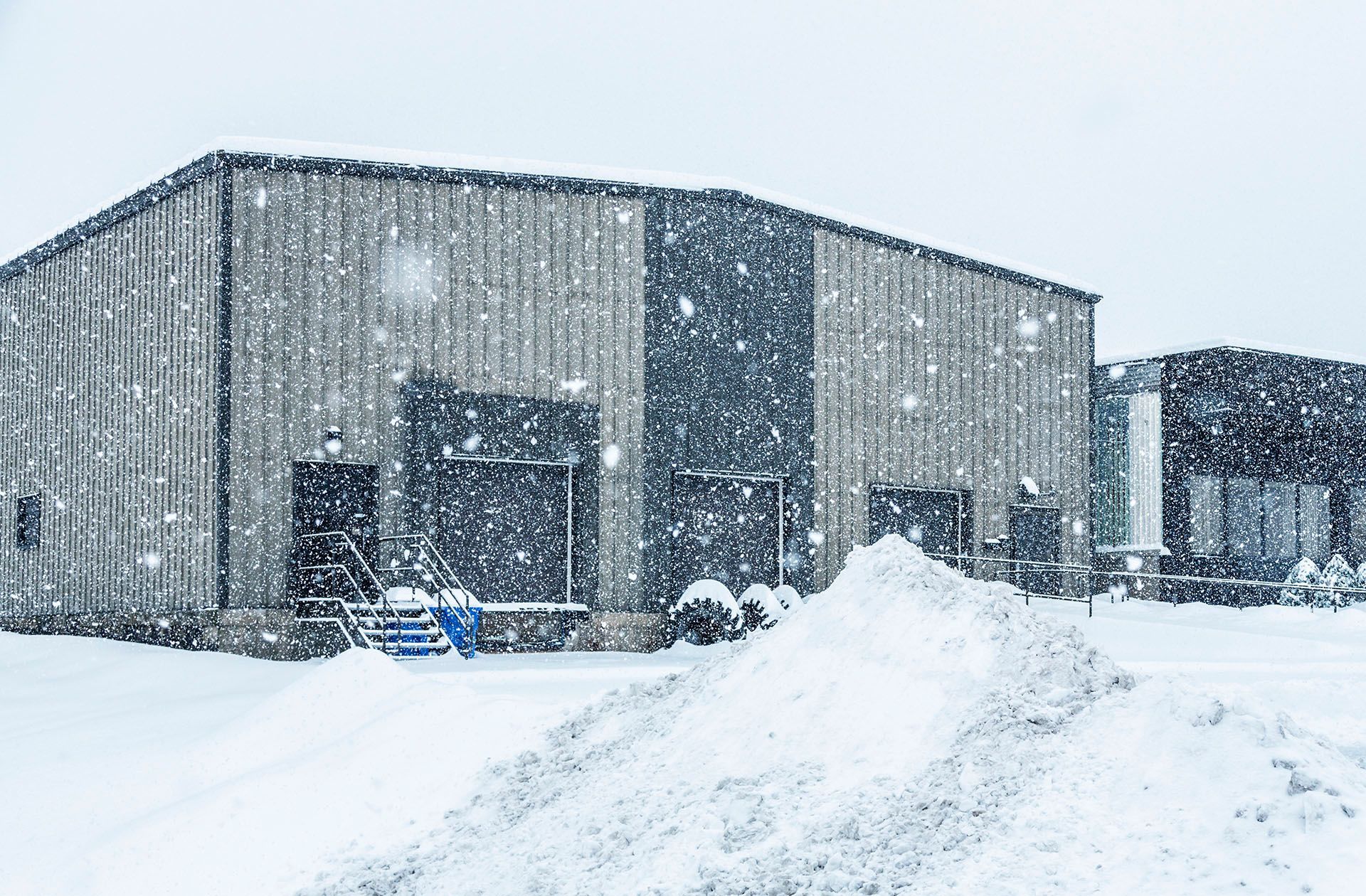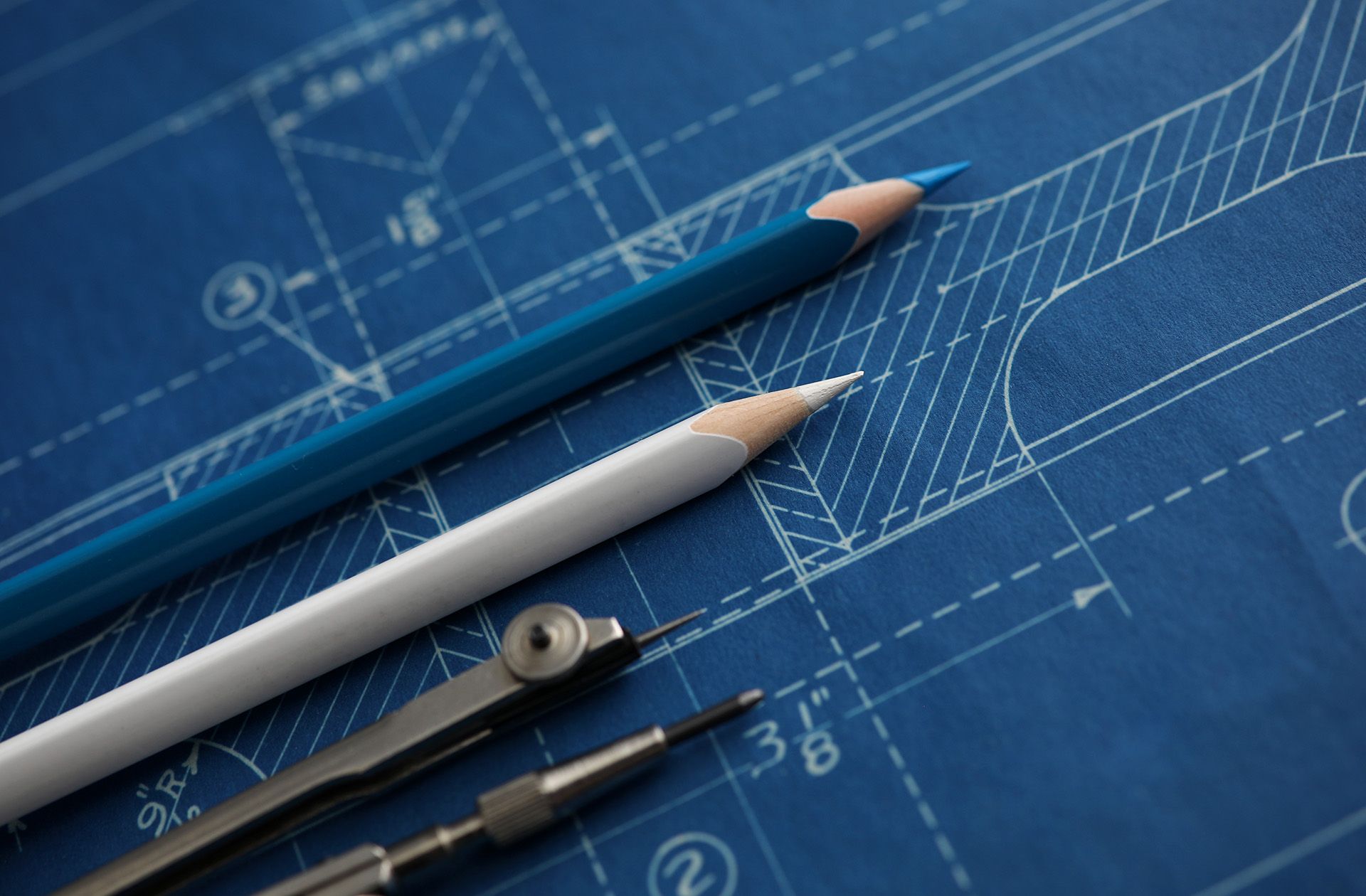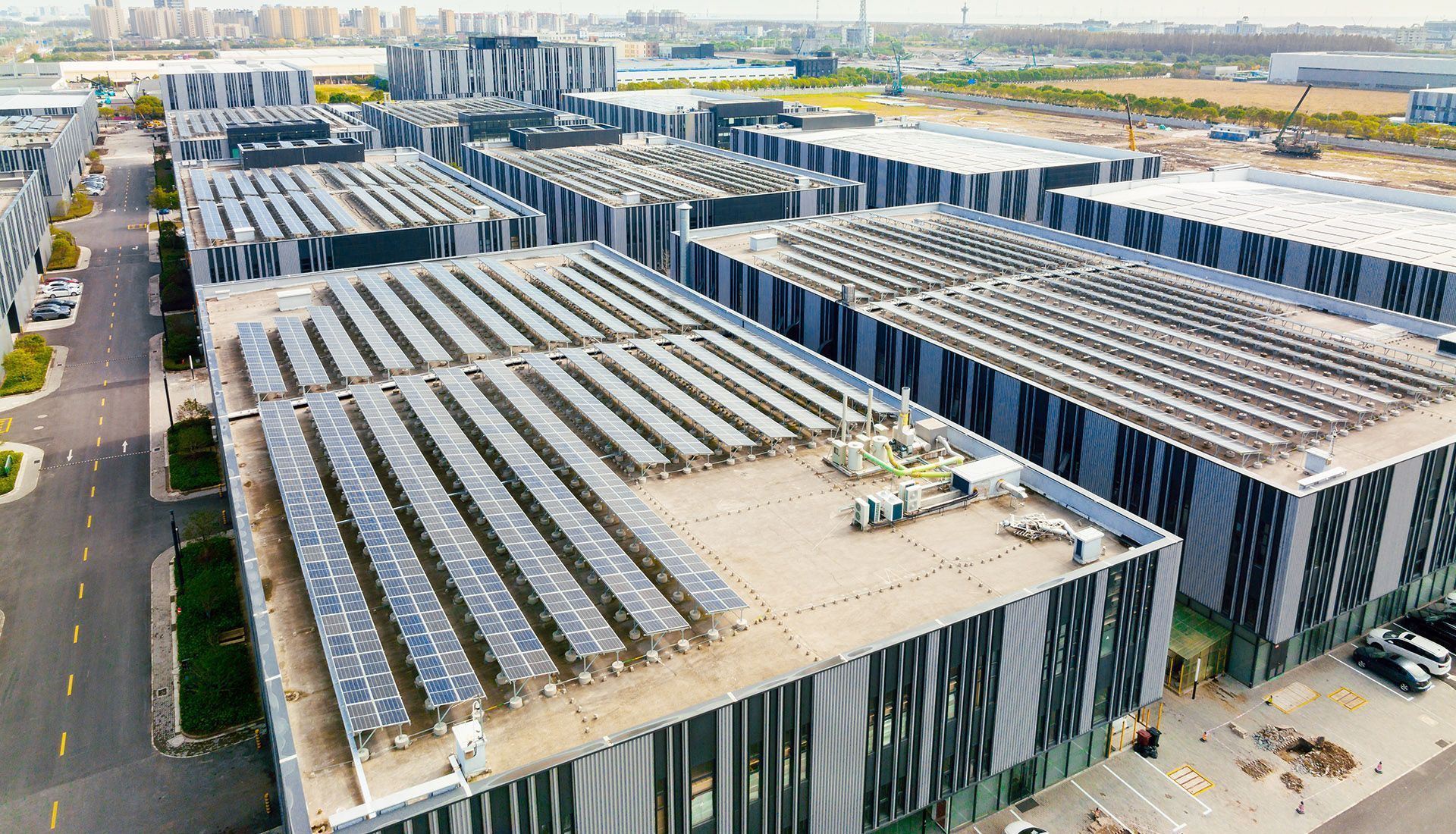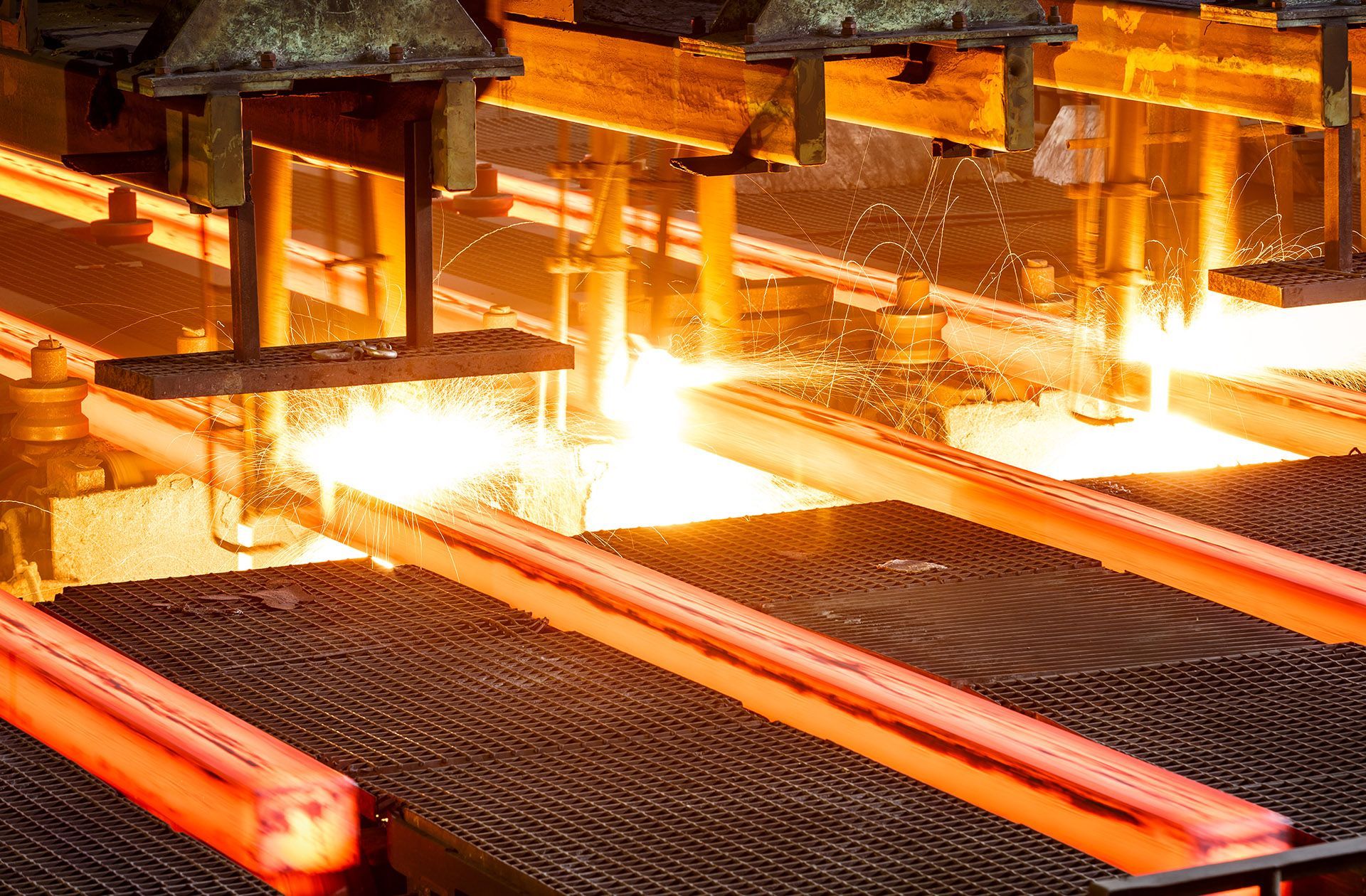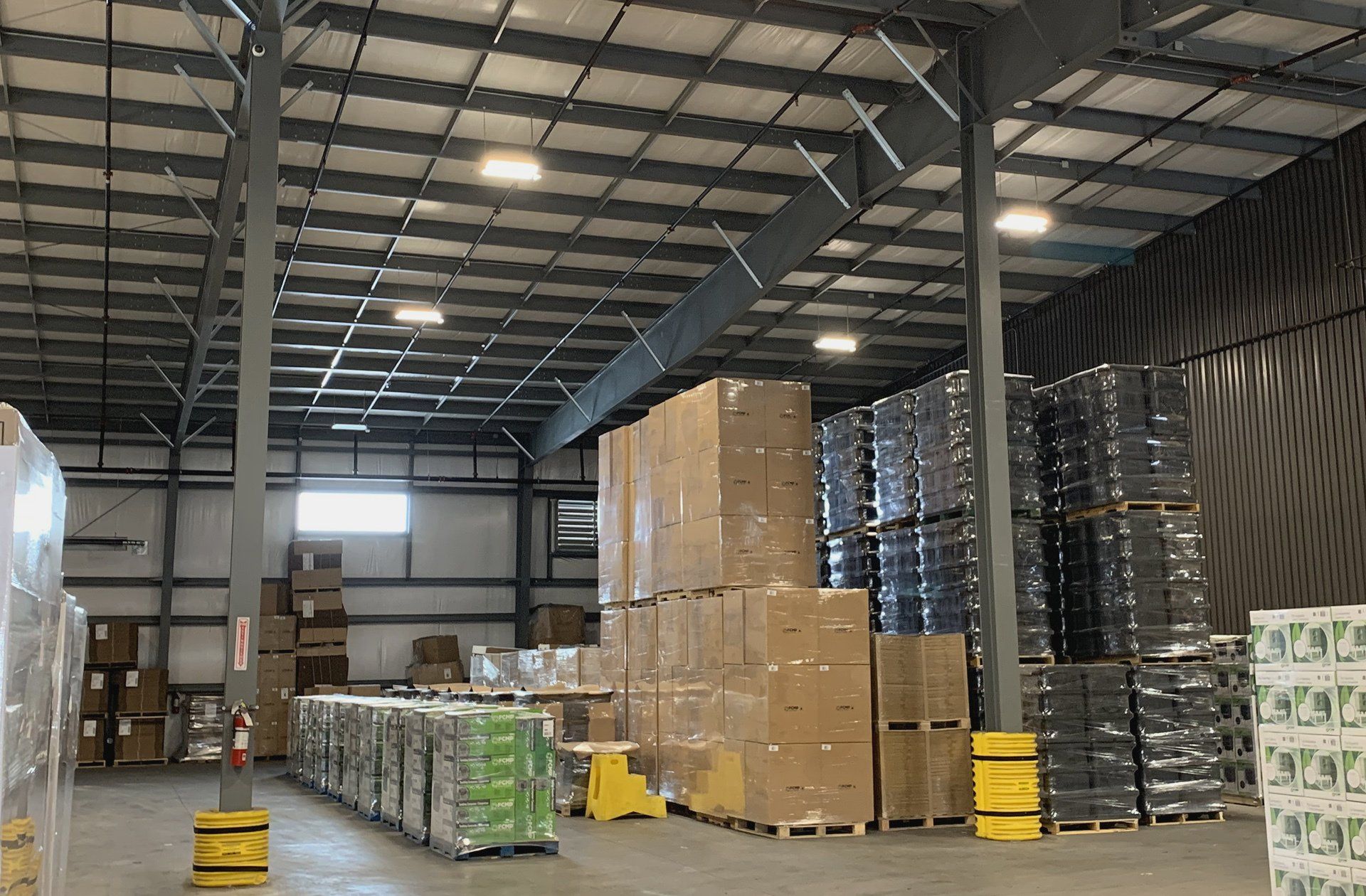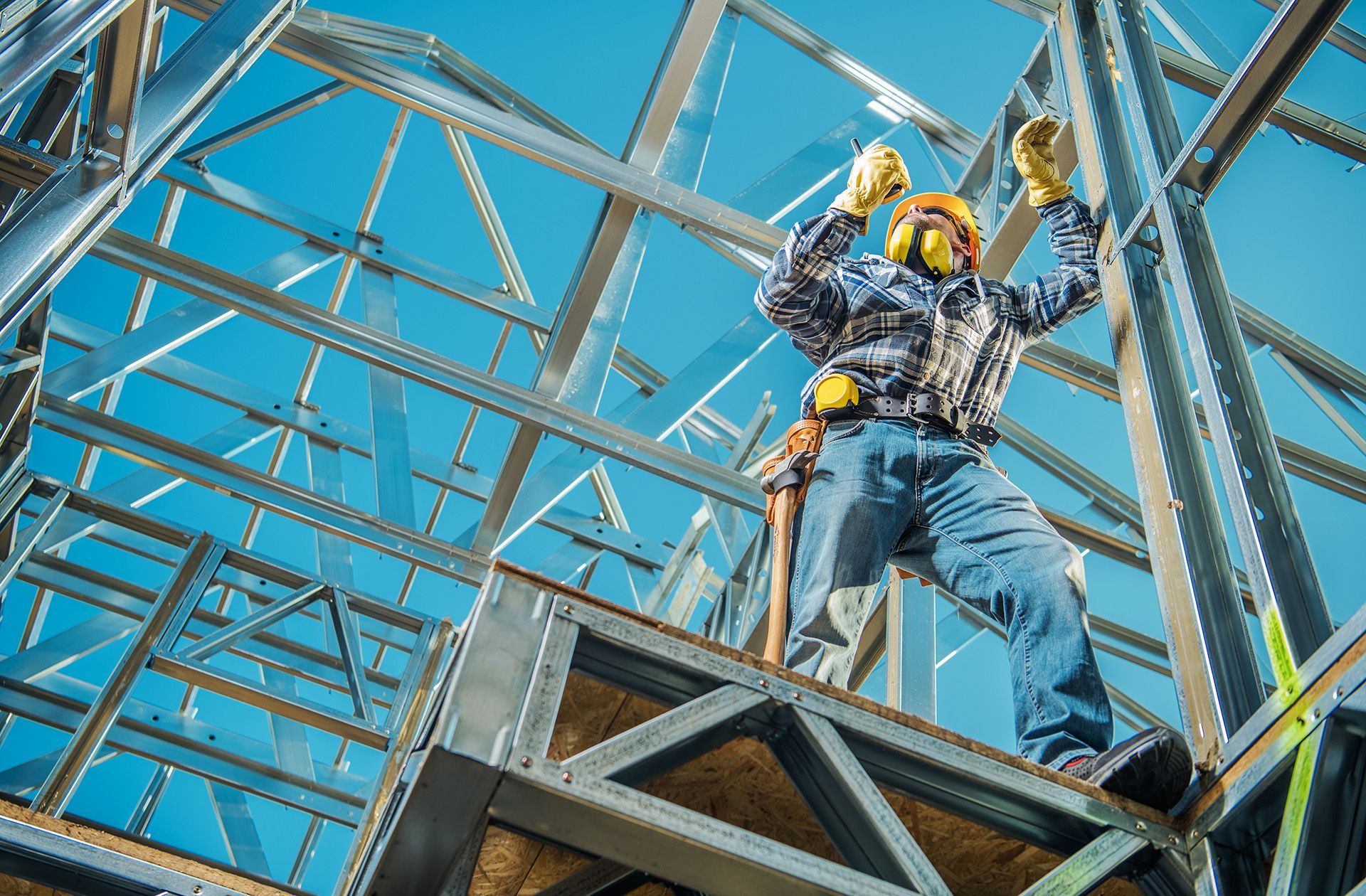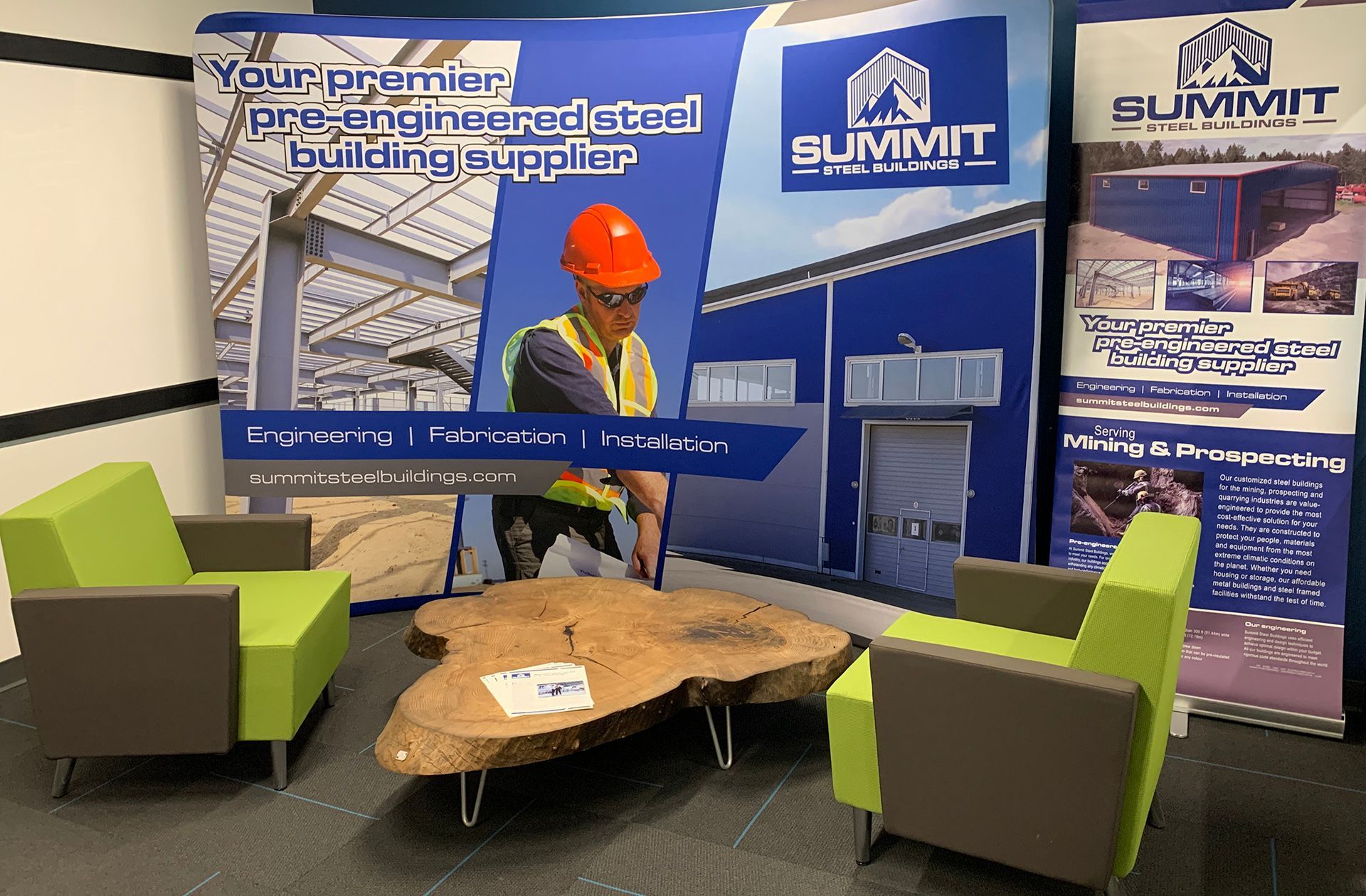Benefits of steel over lumber for commercial buildings
Wood is an ideal material choice for home building, and a prime resource for Canadian economy; steel is better suited for industrial and commercial facilities.
The Canadian home building market has never been hotter. Residential home-building struggles to keep up with demand and the price of real estate continues to soar. The home-building market has good reason to reply on wood for their construction – wood has been a reliable staple for building homes since the country’s early settlement. Forestry continues to be an important driver of growth for the Canadian economy and one of our most important resources.
More than a century or two later, modern residential building still leverages lumber due to its abundancy, versatility and ease of use. Wood forms the framework for most houses.
While lumber is primarily suited to consumer purposes, industrial and commercial facilities require materials that are more durable, quicker to assemble and easier to maintain. Commercial buildings require a different type of engineering.
The scale for each building is much greater and the demands for various systems place a greater demand on its structure and load bearing. The requirements for electrical systems, heating, ventilation and air conditioning (HVAC) and equipment support (both shipping and logistics but also for manufacturing or processing) are dramatically different.
Creating smarter solutions for these buildings requires steel.
No other material is as suitable for industrial and commercial purposes.
Here are a few reasons you need to rely on steel for your next commercial project:
1. Cost-effectiveness – The two largest considerations in a building project are total costs and completion date. Working with steel is generally 30% less than the price of traditional brick and mortar construction and takes about as third as long to complete. Summit Steel Buildings uses pre-engineered panels (cold-formed, pre-welded, precision cut and pre-hole punched) that are designed to support any R-value insulation and are available in a range of exterior finishes. Pre-engineering means less construction time and less waste than with conventional building practices and also allows for easier installation and tighter seals to avoid leaks. Expandable end walls mean easier and more cost-effective future expansions when needs grow. Computer-aided design (CAD) aids in the production of flexible steel construction, allowing much of the labour to be done off-site, making on-site assembly more straightforward. These savings in time and materials are passed along to the client.
2. Design and strength considerations – Modern steel is unrivaled in its strength to weight ratio. It is a manufactured material with isotropic properties, meaning it has the same level of strength everywhere. Wood on the other hand is anisotropic, meaning its density varies along and across the grain.
This difference gives steel the highest strength-to-weight ratio of any current building material. The high strength-to-weight ratio can be molded into any shape, allowing buildings to incorporate contemporary architectural designs that create open spaces without pillars and posts. Imagine the open and interactive spaces that can be created! Steel buildings can have clear spans and bays measuring over 300 feet in length and 40 feet in height. Even with fewer internal supports, thanks to steel’s isotropic properties, steel is much stiffer than wood, so that it is more able to withstand stresses from earthquakes and extreme weather. Exterior steel panels allow for larger windows that open sightlines and natural light, while keeping your people and equipment safe from outside elements.
3. Easy maintenance and long-term durability – Easy-to-clean concrete floors and steel walls ensure your production is stored safely within a secure and pest-free environment to help you achieve and maintain a competitive advantage. In fact, metal building construction requires little overall maintenance. They keep their look and do not crack or rot like other building materials. This removes one major contributing factor to insect infestation and the development of disease within organic inventory, such as crops or food storage. Steel facilities are easy to clean; with flexible and effective drainage to help prevent stagnant water that can also contribute to rot and the development of breeding grounds for pests.
Summit Steel Buildings’ use of pre-engineered panels includes heat and fire resistance in their finished treatments. Wood is combustible while steel is not. Metal retains its shape at high temperatures, reducing the risk of fire to protect your most valuable assets. And because it’s an excellent insulator, steel structures help regulate environmental conditions, creating cooler environment during the summer and reducing heating costs during the winter. Your steel building saves money by reducing your reliance on utilities.
4. Return on investment – You never need to worry about outgrowing your building space. Metal buildings are designed to be expanded with modular units at either end to make future growth quick and inexpensive. Your building becomes a valuable asset, not a sunk cost. Should you no longer need your building at its current location or with its present use, it can be easily deconstructed and moved or modified in its layout to adapt to a new purpose. Why build another facility when you can transform the one you already have? Imagine taking a production building from one location and within a couple of weeks having a warehouse facility in another province – at a fraction of the cost of building new. And if the building is no longer needed at all, you can recapture your investment by selling in its entirety or sold as recycled scrap.
Learn how Summit Steel Buildings embeds sustainability throughout every project.
Commercial building with steel turns your cost into a valuable asset
Canada’s economic foundation was once based on fish, furs and timber. Fast forward a few hundred years and lumber (in addition to other natural resources, such as mined minerals and oil) remain critically valuable contributors to the nation’s GDP. Housing is also a critical component of investment – both to our personal lives as our largest individual investment, and macroeconomically as a provider of jobs and income growth.
As we look to commercial construction, the best choice is to use steel. It’s high strength-to-weight ratio, versatility in design, cost-effectiveness and speed to build make it the ideal material to use when building warehouses, processing plants and even retail complexes. Pre-engineering with insulated panels and specially treated finishes do not require painting resulting in very little maintenance time and cost. Steel buildings retain their value over the long run.
When it’s time to plan your next commercial building project,
contact Summit Steel Buildings and we’ll get started. We’re your one turnkey provider that focuses on providing you with the most suitable cost-effective solution to your building needs.
About the author
Frank Melo has a construction engineering and business background with over 25 years of experience as a business owner and contractor. He was born in the Azores on the island of São Miguel and moved to London, Ontario at the age of two. After studying architecture, Frank graduated from Fanshawe College’s civil engineering technology program. He divides his time between projects primarily in Ontario and British Columbia. Frank can be contacted at Summit Steel Buildings at (778) 951-4766, by email at frank.melo@summitsteelbuildings.com or you can connect with him on
LinkedIn.


